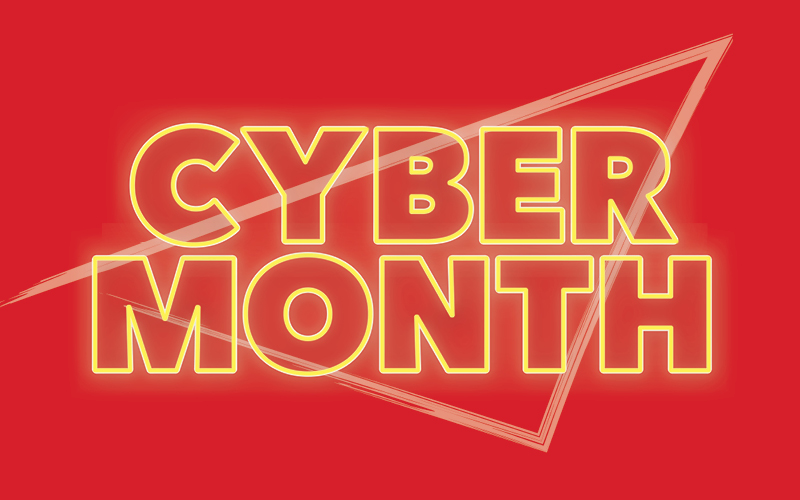If you were to try to evoke the image of cards, gambling, swankiness, and casinos in one word, that word would be “poker.” This iconic game is the obsession of millions around the world and has been for centuries — but where did it come from, and how do you play it?
Read on.
History of the game
You’d think the origins of a game as famous as poker would be quite clear by now, but that is not the case. There are several theories on where this card game originated, the first of which is a 10th Century Chinese emperor who played a version of the game with dominoes and cards.
Another theory places parentage at the feet of the Persians, who for centuries played a card game called As Nas.
What we do know is that a European ancestor of the game rose to popularity in France during the 1600s. Called Poque, it was a three-card game that stowed away with the French when they immigrated to the New World. It traveled from New Orleans up the Mississippi, gaining converts wherever it made landfall. By the 1800s, the game’s name had been anglicized to “poker” and involved five cards instead of three.
How to play
In its most basic form, all you need for poker is a standard deck of cards with Jokers removed, two or more players, and an optional set of poker chips.
There are two types of basic poker: Stud and Draw.
With Stud Poker, players each receive five cards and place bets based on what they assess to be the strength of their hand. The person bidding the most chips will win unless another player is willing to match their bet — those two must then square off to see who wins all the chips.
Draw Poker is similar, except that players may exchange up to three cards for new cards in the deck. A player with an Ace can trade four cards.
Rules
After each player is dealt their five (or seven) cards, the person to the left of the dealer begins. Players can do one of four things:
- Raise: If the player thinks they have a good hand (or is bluffing), they can increase the minimum required wager.
- Fold: If the player does not think they have a good hand, they can lay down their cards (which prevents them from winning, but also from losing more chips).
- Call: “Calling” means equaling the amount betted by the previous player who raised.
- Check: Provided no one has raised the wager, they may retain their hand as dealt without drawing other cards or being able to bet.
Now we come to the hierarchy of poker hands. Each card has an individual value associated with it (the highest is Ace, then King, Queen, down to 2). Certain hands are very valuable and rare.
The most valuable hands, in order, are:
- Royal Flush. Example: 10♥ J♥ Q♥ K♥ A♥ This hand requires the same suit and is extremely rare (1 in 650,000). It always wins.
- Straight Flush. Example: 9♠ 10♠ J♠ Q♠ K♠ This hand also requires the same suit and must have consecutive cards.
- Four of a Kind. Example: 9♠ 9♦ 9♥ 9♣ 5♣ Four of any one number, plus an extra card, is a very strong hand.
- Full House. Example: 9♠ 9♦ 9♥ 5♣ 5♥ Three of a kind plus one pair is a full house, the fourth-best hand.
- Flush. Example: 9♠ 5♠ Q♠ K♠ 7♠ This hand requires only that all cards be in the same suit. Higher cards yield better value here.
- Straight. Example: 9♠ 10♠ J♦ Q♥ K♦ A running sequence of cards constitutes a Straight. Suits don’t matter.
- Three of a Kind. Example: 9♠ 9♦ 9♥ 5♣ 8♣ Three of any one type.
- Two Pairs. Example: 9♠ 9♦ 5♣ 5♥ 8♥ Two pairs of cards — higher values will determine who wins if two players have this hand.
- One Pair. Example: 9♠ 9♦ 5♣ 8♣ K♥ A single pair of the same type of card.
- High card. If there is no other combination, the highest value card determines the value of the hand. The second-highest card can be used to break a tie.
Some Popular Terms
Though there are many terms in poker, here are some of the most common:
- All-in: Placing all of a player’s chips in the pot.
- Blinds: The two positions to the left of the dealer. The first is called the “small blind,” the next the “big blind.”
- Check-Raise: When a player checks on their first turn and then raises subsequent bets in the same round.
- Button: The dealer’s position around the table.
- Nuts: The best hand you can have at that moment.
- Rake: How much money the house takes from the poker hand.
Summary
You know you want to play a game. Who doesn’t? This game is beloved across the world and rewards those who deep-dive into its many hidden realms. Casinos worldwide deal cards to amateurs and pros alike, making this a game that anyone can get into. So what’s stopping you?
Visitors of Resorts World New York City are welcome to enjoy a game of poker (and more) in its electronic version. Same level of excitement guaranteed!
Poker at Resort World New York
Visitors of Resorts World New York City are welcome to enjoy a game of Poker (and more) in its electronic version. Same level of excitement guaranteed!
 Sign In
Sign In Book Now
Book Now





















